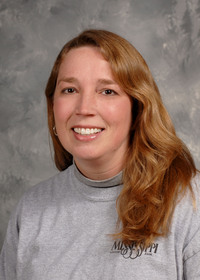Fire Extinguishers
Ask yourself these 3 questions:
- Where is the closest fire extinguisher to me right now?
- Is that extinguisher fully charged and ready to use?
- Do I know when & how to use a fire extinguisher?
If you had to pause and think a second for an answer, that’s okay. It should be a reminder that before an emergency is the time to prepare and put forethought into your reaction to a potential situation.
Look around the work areas you are commonly in and locate the fire extinguishers. In buildings, they are usually mounted by exit doors, throughout long hallways, in laboratories & in maintenance areas. In vehicles & equipment they should be visibly mounted or, if inside a compartment have a label outside indicating “fire extinguisher inside”.
The most common ABC type fire extinguishers have a gauge indicating if they are charged. Monthly, take a quick look to make sure the needle is in the green area.
Additionally, a certified fire extinguisher technician should inspect all fire extinguishers annually to ensure their proper placement and continued compliance.
Should a fire occur remember the three A's :
- ACTIVATE the building alarm system or notify the fire department by calling 911. Or, have someone else do this for you.
- ASSIST any persons in immediate danger, or those incapable on their own, to exit the building, without risk to yourself.
- (Only after these two are completed should you) ATTEMPT to extinguish the fire.
Only fight a fire if...
- The fire is small and contained.
- You are safe from toxic smoke.
- You have a means of escape.
- Your instincts tell you it's OK.
When it is time to use the extinguisher on a fire, just remember PASS!
- Pull the pin.
- Aim the nozzle or hose at the base of the fire from the recommended safe distance.
- Squeeze the operating lever to discharge the fire extinguishing agent.
- Starting at the recommended distance (about 10 ft.) Sweep the nozzle or hose from side to side until the fire is out. Move forward or around the fire area as the fire diminishes. Watch the area in case of re- ignition.
For more info contact:
Leslie Woolington
MAFES/MSU-Extension Risk Mgmt./Loss Control 662.325.3204


